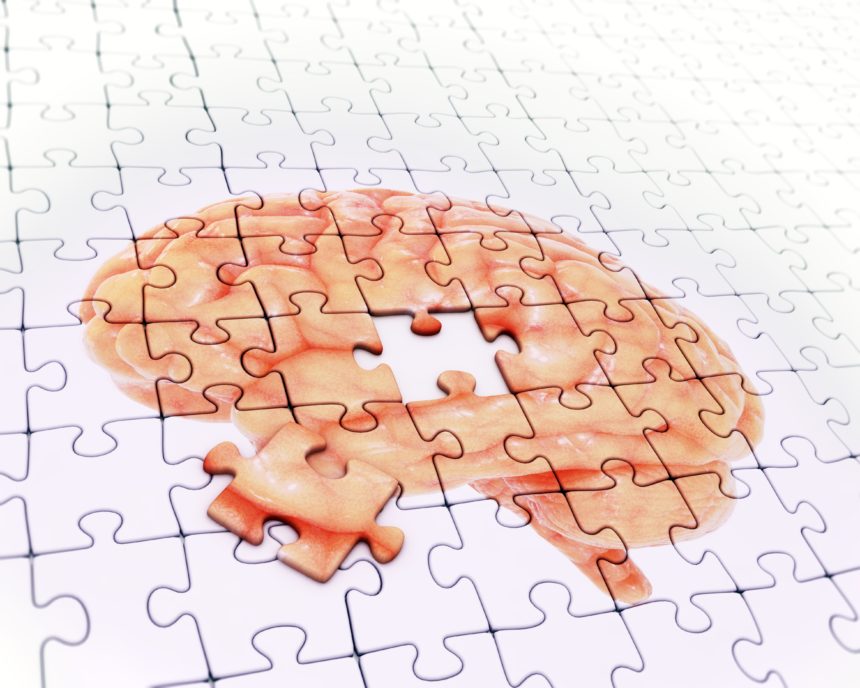
A new study finds that peripheral glial fibrillary acidic protein (GFAP) and neurofilament light chain (NfL), two proteins in the brain, could be biomarkers that clinicians can use to spot dementia early. The proteins could also have a role in interventions to ease disease progression, authors of the report published Monday in BMC Medicine stated.
Both of the proteins have already been linked to a higher risk of incident dementia and faster rates of cognitive decline, the authors wrote.
Investigators evaluated measurements of GFAP and NfL in 48,542 participants from the UK Biobank. At the start of the study, none of the participants had dementia. Over an average follow-up period of about 13 years, 1,312 of the people were diagnosed with dementia. Researchers noted that peripheral GFAP and NfL rose up to 15 years before the dementia diagnoses were made.
When they adjusted the data, the team found that NfL was linked with decreased numeric memory and prolonged reaction time. A greater annualized rate of change in GFAP was significantly associated with faster global cognitive decline. Elevated levels of both potential biomarkers raised the risk for several types of dementia.
As it stands, diagnosing dementia and Alzheimer’s disease specifically is done based on measuring changes in proteins such as amyloid and tau as well as cognitive function. Researchers suspect that changes in the brain occur decades before symptoms start, which means that a diagnosis probably comes long after a significant amount of damage in the brain has already occurred. Finding predictive biomarkers could lead the way for new interventions or therapies to ease disease progression — perhaps stop it completely.
Other factors impact GFAP and NfL levels. The presence of them is also found in other conditions such as traumatic brain disorders, Parkinson’s disease and multiple sclerosis.
In addition to being potentially predictive to spot neurodegeneration, levels of the protein could be linked to future anti-inflammatory and neuroprotective therapies to intervene in disease progression, the authors added.




